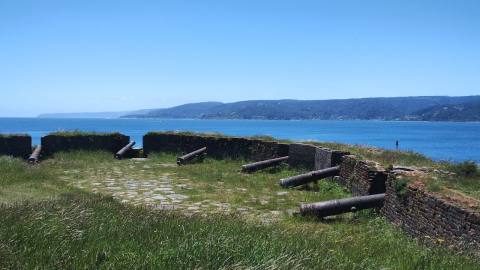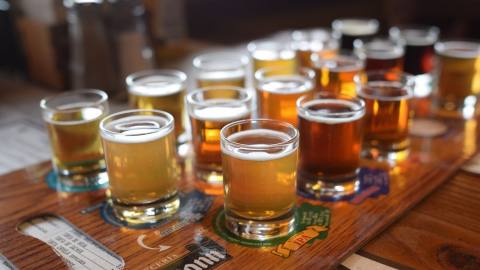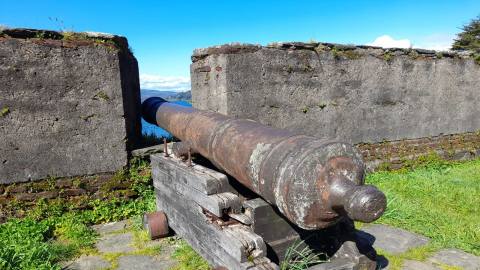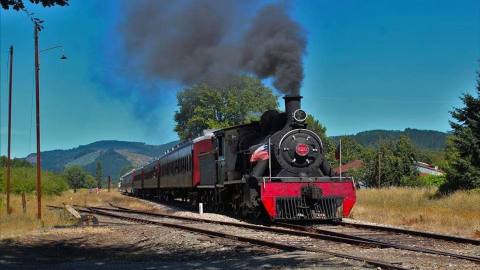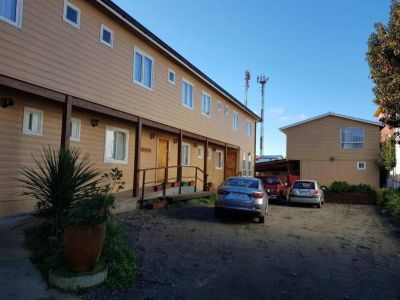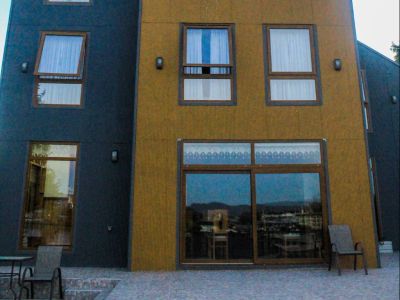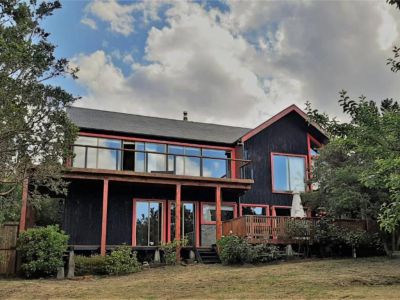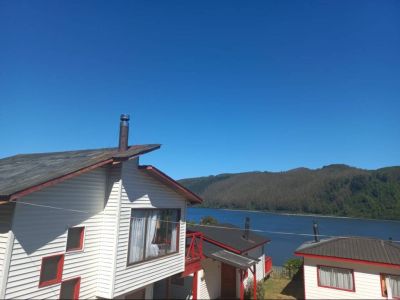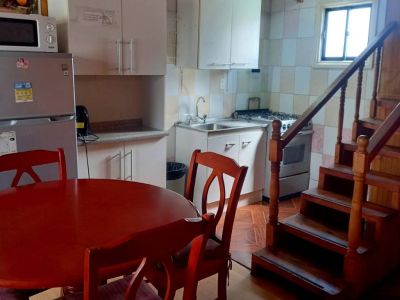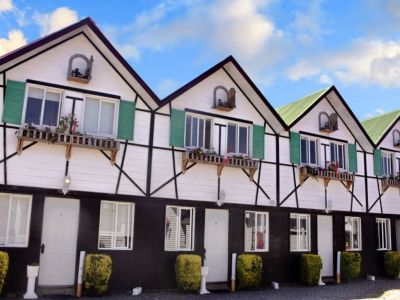
Among the natural charms of Valdivia, is the commune of Corral, known for the Niebla seaside resort and the fortresses and castles of the Hispanic crown. The colonial city founded by Pedro de Valdivia was located at the mouth of an extensive river system, providing security against naval rivals and access to a territory rich in natural resources. The history of Valdivia and its fortifications mark its strategic relevance for the crown.
The fortresses played a tenacious role in the need to defend against the incursions of foreign ships, even until the end of the wars of independence. Today, these monuments are living testimonies that invite you to travel back in time and learn about the events that forged the destiny of Valdivia.
Castle of San Pedro de Alcántara de Mancera
Its construction began in 1646 in response to the destruction of Valdivia in 1598 and the Dutch threat in 1643. With moats, towers, churches and convents, the fortified complex also housed strategic facilities such as a hospital, gunpowder storehouse, sawmill and mastery. The Mancera Castle reached its peak in the 18th century, with twenty cannons and various facilities, ensuring strategic autonomy in the face of possible attacks. Managed by the Universidad Austral de Chile, the main bastion functions as a site museum, a window to the colonial history of the region.
Location: Mancera Island

Niebla Castle
The Castillo de NieblaFuerte de Niebla is an ancient Spanish fortification, an important vestige at the northern mouth of the Valdivia River. Throughout the 18th century, it underwent significant remodeling, including the repair and enlargement of walls, the construction of internal outbuildings, and the excavation of a moat. Today, managed by the National Cultural Heritage Service, visitors can explore its various landmarks and museum exhibits. This monument is a living testimony of colonial history in the region.
Location: Punta de Niebla

Amargos Fort
Among the fortifications to refound the city of Valdivia, the Castillo San Luis de Alba, located in Punta de Amargos, next to the mouth of the Valdivia River, stood out. Built entirely of stone, it was considered equipped and structured to compete with the most famous fortresses in Europe. Surrounded by a moat crossed by a drawbridge, the complex housed barracks, the commander's residence and a chapel. Although the interior constructions have disappeared, the basic structure and its artillery pieces have been restored.
Location: Punta de Amargos

San Sebastián de la Cruz Castle
The Spanish fortification in Corral Bay stands strategically in front of Niebla and Mancera. In its construction, local and imported materials were used, such as cancagua, flagstone, clay, larch wood, mouse straw, slate stone, lime and brick. Silent witness, it resisted until 1820, when the patriot troops took Valdivia. Prepared to receive the public, this tour offers historical recreations of battles with soldiers dressed in period costumes. With its restored cannons and structures, it offers a glimpse into the military history of the region.
Location: Bahia de Corral



